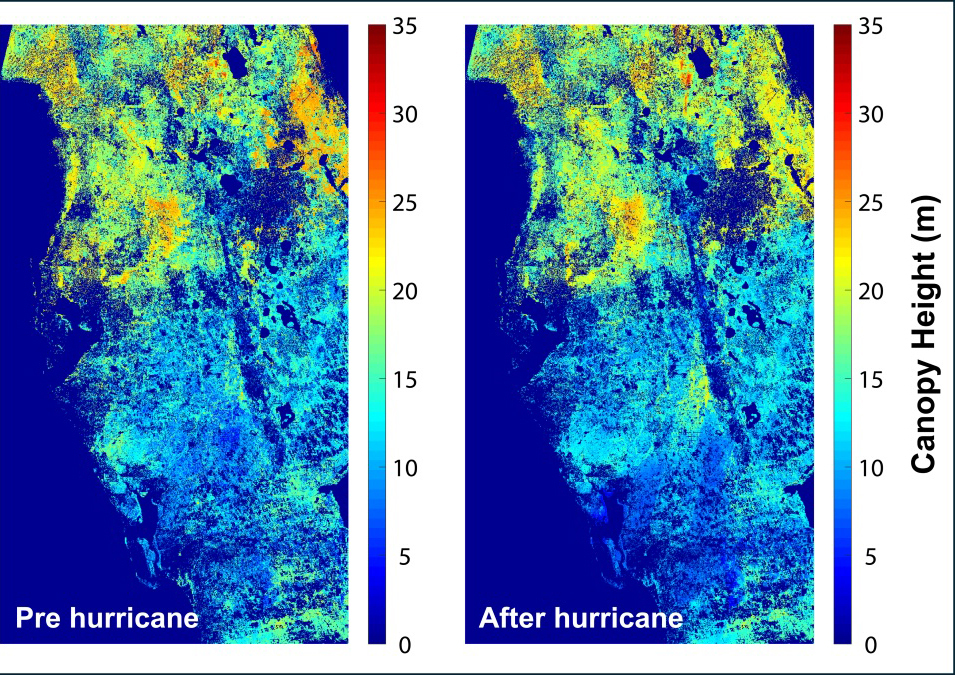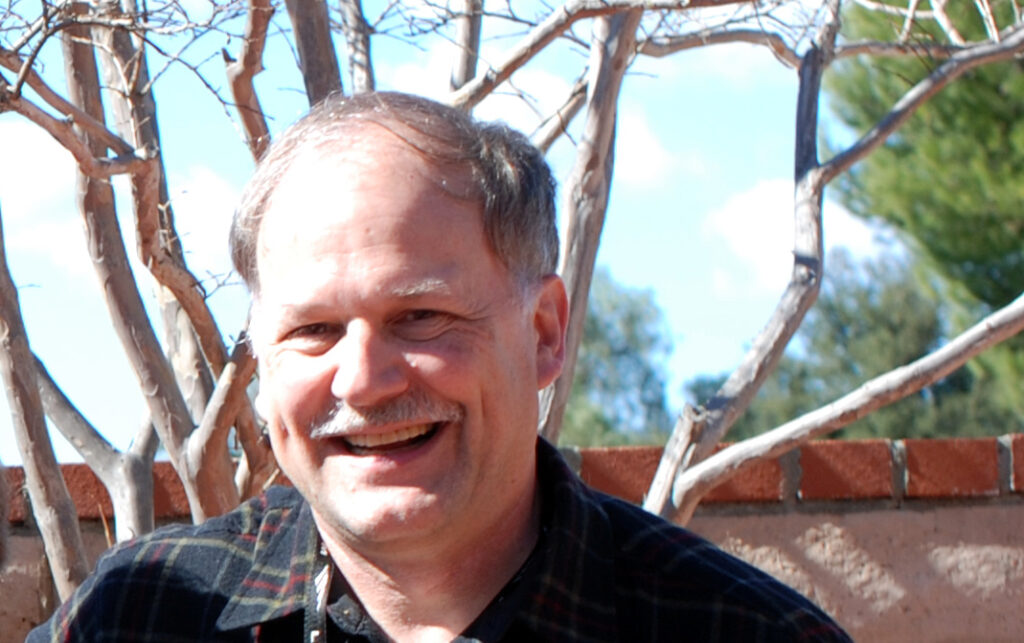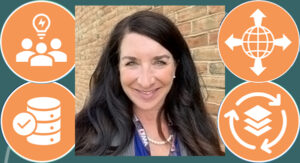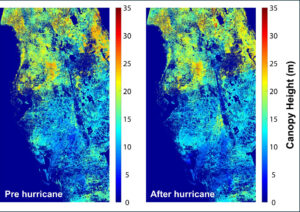The fifth Forum on Earth Observations met in mid-June in Washington, D.C. to discuss the need for comprehensive earth observation or “environmental intelligence,” as they called it. Last year ocean observations were considered too sparse to accurately monitor the Deep Water Horizon oil spill in the Gulf of Mexico and the extreme weather events of 2011 illustrate that climatic observations are vital to the protection of life and property. The executive summary of the meeting states “environmental intelligence impacts every sector of the U.S. economy, the supply chain that provides this information is fragile, and a national strategy is of the utmost importance. It has never been more evident that U.S. environmental information capabilities will be crucial in meeting global challenges such as climate change, food security, and natural disasters.”
Throughout the final report Landsat is called out as an important source of environmental intelligence. After describing the major challenges of worldwide food security and the amplifying effect that climate change will have, Dr. Gerald Nelson, a Senior Research Fellow at the Environment and Production Technology, International Food Policy Research Institute, said Landsat was “the workhorse for the world in addressing these problems.” Nelson explained that for navigating the complexities of food security, observational (reliable and regular) satellite coverage is critical.
David J. Hayes, the Deputy Secretary of the U.S. Department of the Interior, described the open access Landsat archive as “revolutionary” and a model for how to facilitate use of environmental intelligence data worldwide.
Frank Biasi, the Director of Digital Maps and Atlases for National Geographic Maps, stated that “the Landsat archive is certainly one of the most important assets that this country has given the world.”
In the group’s final observations they attributed international decision makers’ ability to better make important environmental choices to the free and consistent Landsat data archive.
Further Information:
+ The Forum On Earth Observations V: Creating a National Strategy for Environmental Intelligence FINAL REPORT [external link]

Data Wrangling with Dana Ostrenga
Data interoperability expert Dana Ostrenga explains how government and commercial Earth observation satellites provide broader support to the scientific community when used together.





